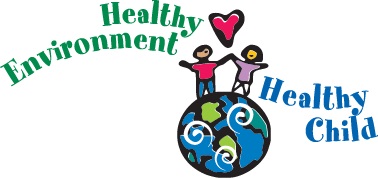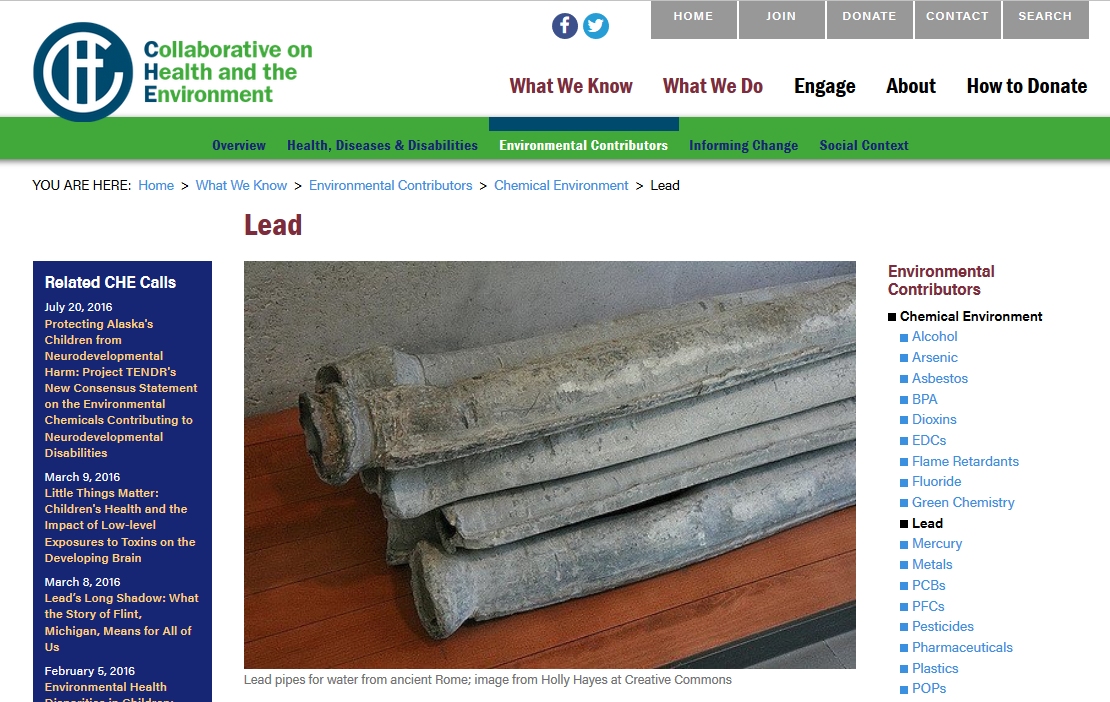Blog
Post category: children’s health
2023
What’s new
Playing on Plastic: Artificial Turf Hazards and Safer Alternatives
From professional sports leagues to elementary schools and even day care centers, many communities have questions about the pros and cons of artificial turf. The National Football League’s Players Association president is advocating for natural grass fields, citing higher injury rates on artificial turf fields. Some communities have adopted moratoria on turf installation, while some are making plans to invest in new, sustainably managed natural grass fields. . . .
2023
What’s new
Kids and chemicals: PFAS exposure and the metabolism
In a recent webinar hosted by CHE-Alaska, Dr. Jesse Goodrich presented the results of a study that comprehensively examined effects of exposures to mixtures of per- and polyfluoroalkyl substances (PFAS) on human metabolisms — with a particular focus on children and young adults. . . .
2023
What’s new
Childhood glyphosate exposure linked to metabolic disorders
Use of the herbicide glyphosate has increased significantly over the past 20 years. With this increased exposure comes increased risk of human health effects. . . .
2023
What’s new
Chemicals in building materials: Disproportionate impacts on people of color
Building products and materials that make up our indoor spaces can cause long-term harm to human health. This much we know.
We also know that while chemicals and air pollutants don’t discriminate, generations of systemic inequalities have caused racial injustices and disproportionate exposures of people of color to hazardous chemicals. What deserves more consideration is where there are building product opportunities to improve the health of people of color. . . .
2022
What’s new
Two Decades of Progress in Environmental Health & Science Communication
After Theo Colborn, Dianne Dumanoski and I published Our Stolen Future in 1996, we got “slapped” by one of the most prominent science journalists of the day, Gina Kolata writing for the New York Times. Among her criticisms was that one chemical can’t cause a plethora of diseases. It was one chemical, one disease, like asbestos and mesothelioma. . . .
2022
What’s new
Generation X-Y-Z: Bridging the Gap Between Then and Now
My passion for environmental health and justice took hold twenty years ago in college at the University of California, Berkeley, where I learned of the disproportionate health problems faced by communities that have been historically marginalized — many of which included low-income residents, immigrants, black, indigenous, or people of color. . . .
2018
What’s new
Meet Our Pioneers under 20 in Environmental Public Health: Cynthia Curl, PhD, MS
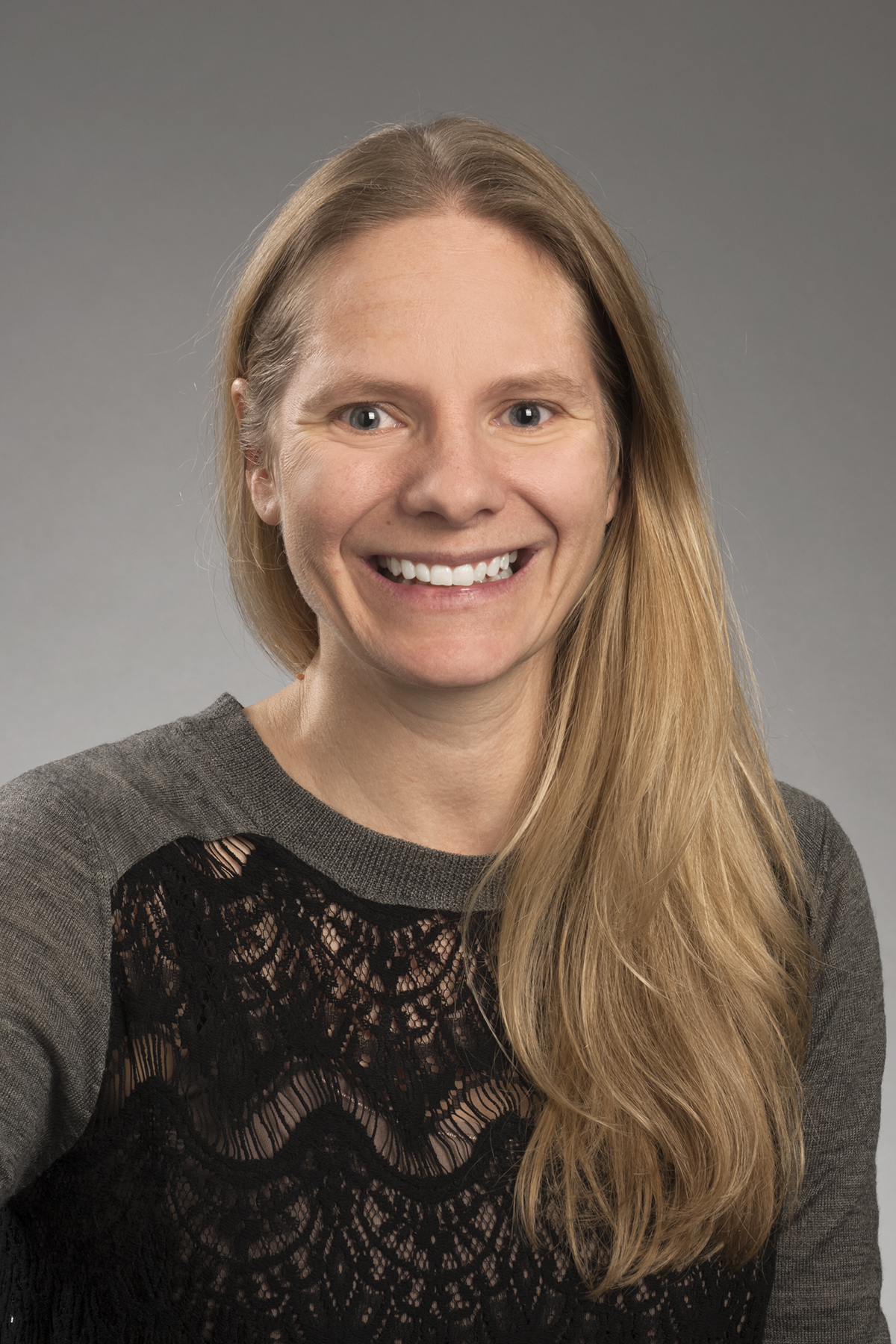 Cynthia Curl, PhD, MS knows about pesticides. In fact, it has been a topic of research for her for the last 15 years. While much of her work now compares levels of pesticide exposures among consumers of organic versus conventional produce, that isn’t initially where her research began.
Cynthia Curl, PhD, MS knows about pesticides. In fact, it has been a topic of research for her for the last 15 years. While much of her work now compares levels of pesticide exposures among consumers of organic versus conventional produce, that isn’t initially where her research began.
“I didn’t start out studying diet or organic food, I really started out looking at pesticide exposures among farm workers and their families. I was working with the Pacific Northwest Agricultural Safety and Health Center, whose mission is…to improve farm worker health. [But,] we had this unexpected finding where we had some kids in Seattle with higher exposures [to pesticides] than kids in farming communities out in Eastern Washington, and it took us a while to even come up with some ideas about why this may be. Ultimately, I started to suspect that it was diet just because of their differences in socioeconomic status and differences in dietary patterns that their parents reported,” Dr. Curl shares. . . .
2018
What’s new
Meet our 20 Pioneers under 40 in Environmental Public Health: Kelly Ferguson, PhD, MPH
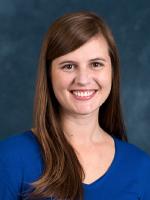 Kelly Ferguson, PhD, MPH, is an NIH researcher whose focus is looking at how different exposures impact birth outcomes. Her interest in environmental health comes from the fact that it’s something that everyone deals with.
Kelly Ferguson, PhD, MPH, is an NIH researcher whose focus is looking at how different exposures impact birth outcomes. Her interest in environmental health comes from the fact that it’s something that everyone deals with.
“It’s a concern that affects everyone and that everyone can kind of wrap their head around… people are often thinking about what chemicals are going into their body, what chemicals are in their air, what chemicals are in the food that they are eating, and so I think it’s something that is really easy to communicate with everyone about,” Dr. Ferguson says.
Her work is also looking at oxidative stress, most specifically as it relates environmental exposures in women and preterm birth. . . .
2018
What’s new
Meet our 20 Pioneers under 40 in Environmental Public Health: Amy Padula, PhD, MSc
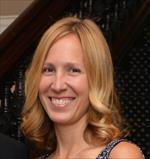 Amy Padula, PhD, has devoted much of her work to looking at how the air we breathe can impact health.
Amy Padula, PhD, has devoted much of her work to looking at how the air we breathe can impact health.
“Most of my work has been focused on air pollution exposures during pregnancy and how it affects the baby,” Dr. Padula says.
Air pollution affects everyone, but she has a unique and interesting reason why her work has focused on women who are pregnant and their children.
“We look at pregnancy because it is the special time when there is a lot developing and a lot happening. As humans, we are very vulnerable during this period of development and, in a way, during pregnancy, babies can be considered canaries in a coal mine because they develop so fast that if there are adverse changes to their development, we are able to see them more quickly than, for example, increases in mortality over 60, 70, or 80 years,” Dr. Padula explains. . . .
2018
What’s new
Meet our 20 Pioneers under 40 in Environmental Public Health: Allan Just, PhD
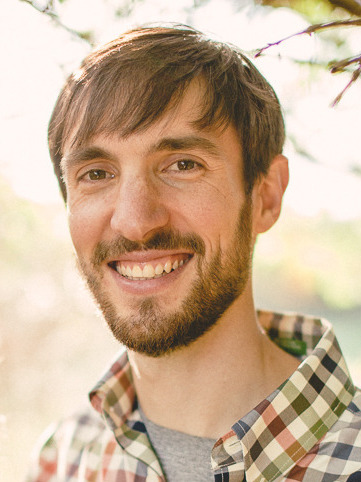 In a way, Allan Just, PhD has come full circle. He is now a professor and researcher at Mount Sinai, but developed his interest in children’s health after hearing a CHE webinar at the start of his career.
In a way, Allan Just, PhD has come full circle. He is now a professor and researcher at Mount Sinai, but developed his interest in children’s health after hearing a CHE webinar at the start of his career.
“There was a CHE Call in 2005, it was moderated by Michael Lerner, and it was about early life exposures and their role in the developmental origins of disease, really it was focused on cancer. But, I listened to that CHE call, and it made so much sense to me. You are going through this developmental period early in life, as a fetus and as a young child, and you are getting set up on this trajectory of who you are going to become, and if you perturb that, that is going to have consequences down the road. I thought about how all the studies that I was involved with at the time were really focused on adults. And, if you were interested in chronic diseases, which can have extremely long latencies, the relevant time period, if you are interested in the environmental contribution, might be decades before you can distinguish who does and doesn’t go on to develop disease. And, I thought ‘well it’s sort of a little bit crazy to look at adults then, because if we are interested in the environmental role, it’s too late,’” Dr. Just recalls. . . .
2018
What’s new
Webinars
Meet our 20 Pioneers under 40 in Environmental Public Health: Joseph Braun, PhD, MSPH
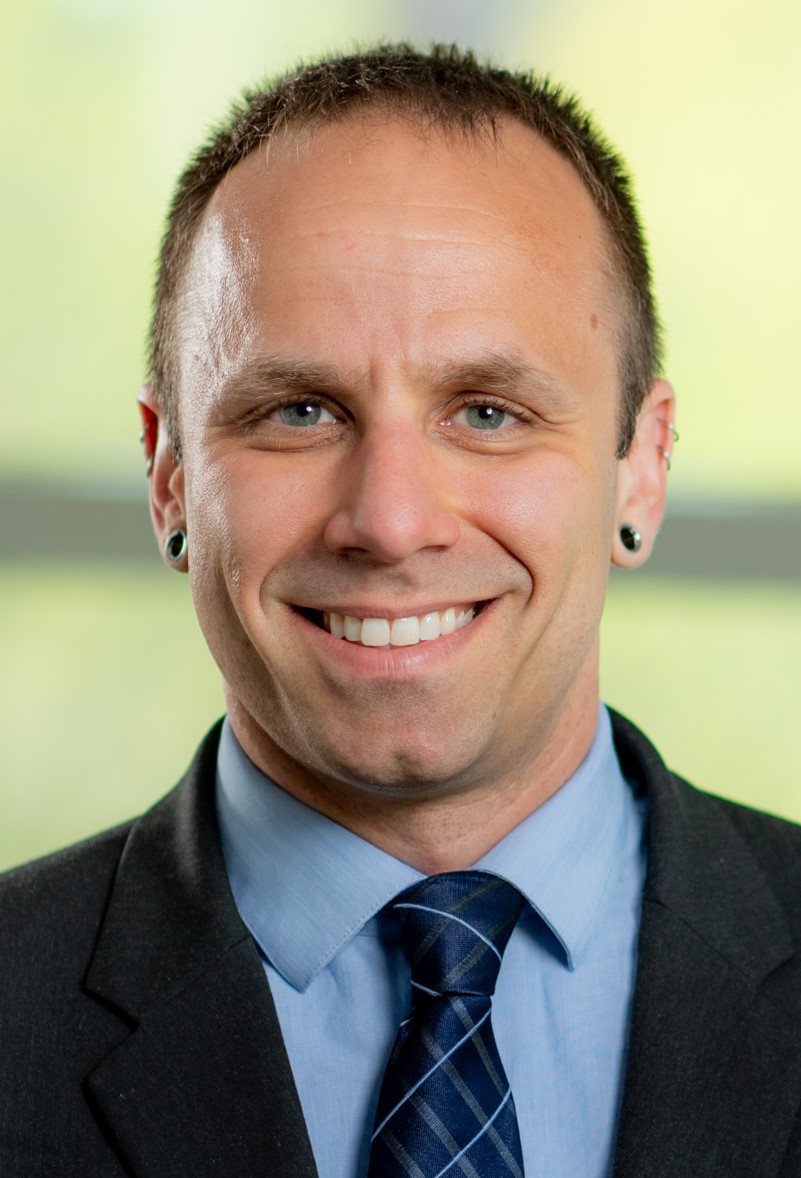 Joseph Braun, PhD, MSPH spends his time figuring out how things that children come into contact with even before they are born can have an impact later in their lives.
Joseph Braun, PhD, MSPH spends his time figuring out how things that children come into contact with even before they are born can have an impact later in their lives.
“We are focused on understanding how early life environmental exposures influence children’s growth and development. We are considering the early life window now to extend from before conception in both the mother and the father, during the prenatal period in the mother, when the baby is in the womb, and the postnatal period from infancy onward till adolescence. So, we are looking at a wide range of environmental chemical exposures and how they influence children’s risk of neurobehavioral disorders like ADHD or autism as well as their risk of becoming obese or overweight. And, even how environmental factors might influence their metabolism of things like glucose or lipids. Finally, we are also trying to understand some of the biologic mechanisms that underlie these associations,” Dr. Braun says. . . .
2017
What’s new
Webinars
Meet our 20 Pioneers under 40 in Environmental Public Health: Laura Vandenberg, PhD
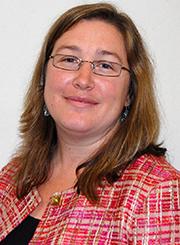 Laura Vandenberg, PhD, is trained as a developmental biologist, but became interested in environmental health as she started to focus on the times when biology had imperfections. Instead of looking at how stem cells differentiate into skin, or muscle, or tissue, she was interested in “what happens when those processes go wrong,” Dr. Vandenberg shares. . . .
Laura Vandenberg, PhD, is trained as a developmental biologist, but became interested in environmental health as she started to focus on the times when biology had imperfections. Instead of looking at how stem cells differentiate into skin, or muscle, or tissue, she was interested in “what happens when those processes go wrong,” Dr. Vandenberg shares. . . .
2017
What’s new
Just released! Protecting Children’s Health Where They Live, Learn, and Play.
This report from the NIEHS/EPA Children’s Environmental Health and Disease Prevention Centers highlights some of the important contributions the centers have made toward reducing the burden of environmentally induced or exacerbated diseases placed on children. The report provides examples of success in the community and in support of public health. It is organized in three section:
- Health outcomes, presenting scientific findings from the Children’s Centers on diseases that sometimes affect children
- Environmental exposures, presenting research findings on chemicals and pollutants children are commonly exposed to through air, water and food.
- Hallmark features, highlighting the unique features that have facilitated the work of the Children’s Centers and advancements in the field.
2017
Webinars
Meet our 20 Pioneers under 40 in Environmental Public Health: Todd Whitehead, PhD
We wanted to find the best young researchers and advocates who might change the future of environmental health. So, we asked a panel of luminaries in environmental health to nominate rising stars who are doing pioneering work. After a rigorous selection process, we invited 20 of these nominees to be our 20 Pioneers under 40 in Environmental Public Health.
This month, we held our first webinar in the series. In addition to these presentations, we got to sit down and learn a little bit more about the researchers. While we did talk about their research, we also learned how they first got interested in the field and what this work means to them, plus a few tips for staying healthy.
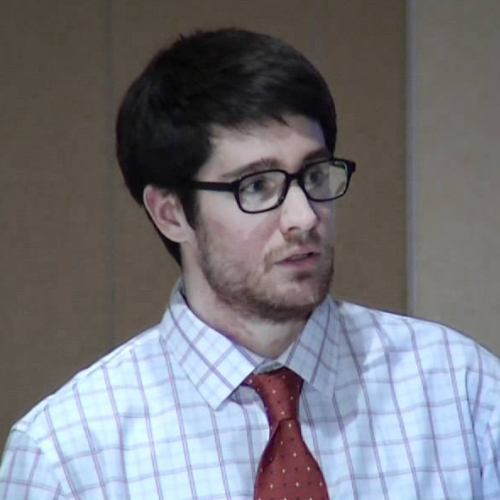
Todd Whitehead, PhD, works at the Center for Integrative Research on Childhood Leukemia and the Environment (CIRCLE) at the University of California, Berkeley. He initially got involved in this work by looking at flame-retardants in consumer products. . . .
2017
What’s new
New Pediatric Environmental Health Web Toolkit for Providers
Parents say they are concerned about environmental health threats, yet most pediatric care providers do not offer prevention strategies during office visits. Why? Many providers report they feel ill-equipped to educate families about common exposures. In an effort to fill the need for environmental health information, Pediatric Environmental Health Specialty Units and Physicians for Social Responsibility have launched the Pediatric Environmental Health Toolkit (PEHT). The PEHT, endorsed by the American Academy of Pediatrics, is based on material in the AAP "Green Book". This free and up-to-date resource offers trusted information at your fingertips.
2017
What’s new
FDA-EPA Updated Fish Consumption Guidelines and Poster
 Earlier this year the EPA and FDA updated their recommendations on fish consumption during pregnancy and childhood. To accompany this update, they provided an easy-to-understand printable poster grouping fish into Best Choices that can be eaten two to three times a week, Good Choices that can be eaten once a week and Choices to Avoid categories. See the poster. . . .
Earlier this year the EPA and FDA updated their recommendations on fish consumption during pregnancy and childhood. To accompany this update, they provided an easy-to-understand printable poster grouping fish into Best Choices that can be eaten two to three times a week, Good Choices that can be eaten once a week and Choices to Avoid categories. See the poster. . . .
2017
What’s new
Video Presentations of Climate and Health Conference Available
On February 16, 2017, the Carter Center in Atlanta hosted the Climate and Health Conference, originally scheduled by the Centers for Disease Control and Prevention and then postponed indefinitely. Motivated by the idea that “health is the human face of climate change”, 300 climate change leaders, organized by a coalition of nongovernmental organizations and former Vice President Al Gore, attended this conference. Watch the video coverage. . . .
2017
What’s new
Epigenetics and Environmental Health: A Short Educational Video
 Operating through epigenetic mechanisms, environmental exposures can get under our skin and affect our health. As new research comes forward shedding light on how the environment affects our epigenome, translating these findings to the broader public has been challenging. The University of Washington EDGE Center created a short animated video teaching the concept of epigenetics and how everyday exposures can alter gene expression and thus affect our health. View the video today. . . .
Operating through epigenetic mechanisms, environmental exposures can get under our skin and affect our health. As new research comes forward shedding light on how the environment affects our epigenome, translating these findings to the broader public has been challenging. The University of Washington EDGE Center created a short animated video teaching the concept of epigenetics and how everyday exposures can alter gene expression and thus affect our health. View the video today. . . .
2017
What’s new
New webpage: Lead
Drawing heavily from Toxipedia, but updated and expanded, our new webpage on lead's health impacts includes an overview of exposures, trends, prevention and regulation in the US, with some world data.
2016
What’s new
UCSF Convenes Rapid Response Network to Defend Science
The Program on Reproductive Health and the Environment at UCSF invites researchers and environmental health professionals to serve as part of a new rapid response network focused on defending the science that supports children’s environmental health. Through collective capacity, this network will integrate research and expertise into public policy decisions as they unfold. Activities include participating in public comment periods, coordinating outreach and educational activities, and participating in educational seminars. To learn more, email ann.sausser@ucsf.edu. . . .


